Seek Divinity At The Majestic Wat Phra Kaew Temple

Wat Phra Kaew, or the Temple of the Emerald Buddha, is regarded as Thailand’s most sacred Buddhist temple. Built in 1782, this majestic edifice is situated on the grounds of Bangkok’s Grand Palace. The temple’s main building, the legendary Ubosoth, is home to the renowned Emerald Buddha, an exquisite 66-cm-tall image carved from a single jade stone. This mysterious image of the Buddha, adorned with gold and clothed in traditional garments, has come to stand for Thai sovereignty and freedom. With its intricately decorated architecture showcasing traditional Thai design, Wat Phra Kaew offers a breathtaking glimpse into Thailand’s spiritual heart.
Wat Phra Kaew Temple Overview
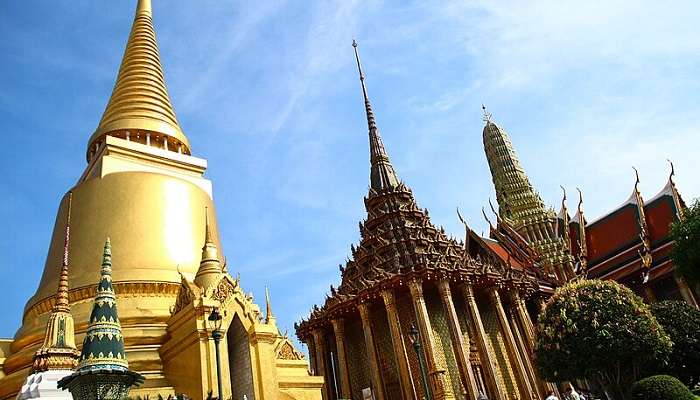
Wat Phra Kaew, officially known as Wat Phra Si Rattana Satsadaram and also known in English as the Temple of the Emerald Buddha, is Thailand’s most venerated Buddhist temple. Situated within the Grand Palace complex in Bangkok, it houses the revered statue of the Emerald Buddha, considered the country’s palladium.
Construction on the temple began in 1783 under the direction of Rama I, the first king of the Chakri dynasty. Since then, successive kings have contributed to its expansion and restoration, enhancing its splendour through religious merit and dynastic glorification. This involvement underscores the temple’s significance as a national shrine for the monarchy and the state.
Wat Phra Kaew Temple Bangkok is the site of many significant state and royal ceremonies, including coronations and funerals, attended by the king and government officials. These events, steeped in tradition and symbolism, emphasise the temple’s role as Thailand’s foremost place of worship. Over the years, various kings have donated sacred and valuable objects, enriching the temple’s treasury.
Architecturally, the temple complex features an array of buildings designed for specific religious purposes, showcasing a variety of Thai architectural styles while adhering to traditional Thai religious architectural principles.
Must Read: Temples In Bangkok
Wat Phra Kaew Temple History
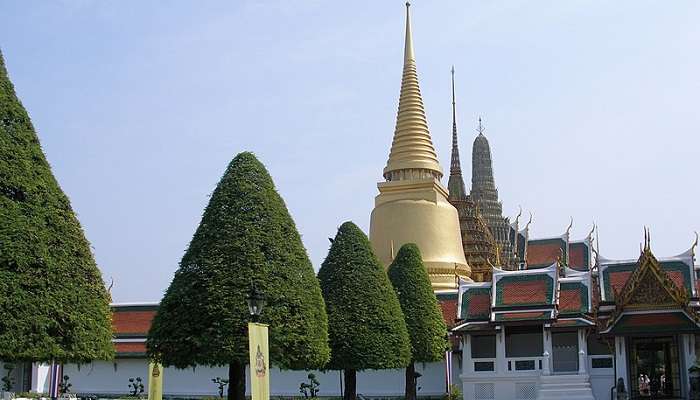
Wat Phra Kaew’s history dates back to 1782 when King Rama I established Bangkok as the capital city of the Rattanakosin Kingdom. Establishing a royal palace and temple was necessary to legitimise the new Chakri dynasty, distancing it from the previous regime of King Taksin. The Grand Palace was built in the walled city region that is today known as Rattanakosin Island, on the eastern side of the Chao Phraya River.
In 1932, Rama VII reigned during Bangkok’s 150th anniversary, and in 1982, Rama IX reigned for the city’s 200th anniversary, during which more restoration occurred. Wat Phra Kaew, the royal temple, is still the location of important Buddhist religious ceremonies that the monarch and the royal family, including coronations, royal ordinations, and the installation of the highest patriarch perform. The temple and certain areas of the Grand Palace are open to visitors on most days, and they are among the country’s best-known tourist attractions.
Architectural Design And Structure
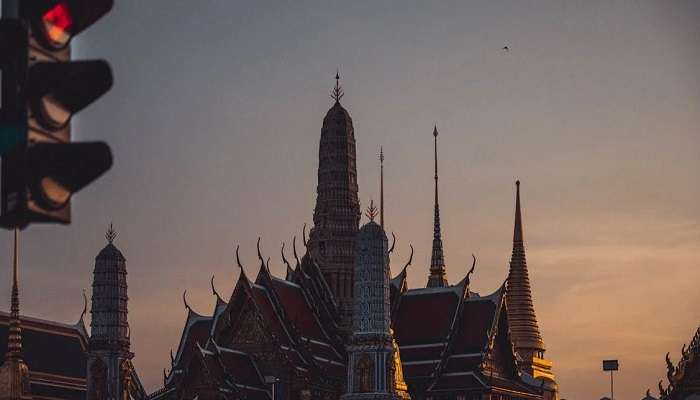
Wat Phra Kaew Temple is a masterpiece of Thai architecture. The temple’s design is a testament to its artistry and religious significance. The temple design is as follows:
- The Ubosot (Ordination Hall) is the main prayer hall where the Emerald Buddha is enshrined. The hall is adorned with intricate carvings and gold leaf, reflecting the richness of Thai craftsmanship.
- Surrounding the Ubosot is the Phra Rabiang, a cloister that houses a collection of Buddha images. Murals illustrating episodes from the Ramakien, the Thai adaptation of the Indian epic Ramayana, adorn the gallery walls.
- This group of four large stupas, Phra Maha Chedi Si Rajakarn, is dedicated to the first four Chakri kings. Each stupa has a distinct colour and architectural style, representing the diversity within unity in Thai architecture.
- A miniature model of Angkor Wat represents the historical ties between Thailand and Cambodia and showcases the influence of Khmer architecture on Thai temple design.
- The Royal Pantheon, known as Prasat Phra Thep Bidon, houses life-sized statues of the Chakri kings. The building is only open to the public on one day each year, Chakri Day, to honour the dynasty.
- The Yot Fa Pavilion is a distinctive structure with a spired roof, a common feature in Thai temples. It symbolises Mount Meru, the centre of the universe in Buddhist cosmology.
- The Ho Phra Monthiantham library was traditionally used to house Buddhist scriptures. The building’s design includes a multi-tiered roof and elaborate finials, indicating its spiritual importance.
- The Wat Phra Kaew Temple complex is accessed through various gates, each with its unique design and spiritual symbolism. The gates are adorned with figures and carvings that tell stories from Buddhist mythology.
Opening Hours, Entrance Fees, And Best Time To Visit
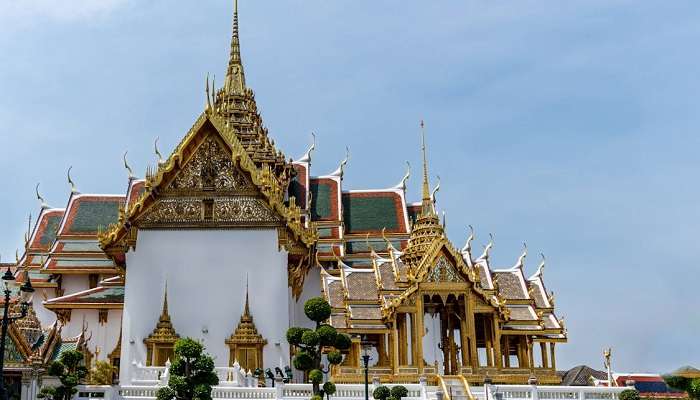
Wat Phra Kaew Temple in Bangkok, part of the Grand Palace, is open every day from 8:30 am to 3:30 pm Foreigners can explore both the temple and palace of Wat Phra Chetuphon entrance fee of 500 Baht. The ideal time to visit Wat Phra Kaew Temple Bangkok’s revered temple, is during the excellent season from November to February.
This period offers comfortable weather for exploring the temple’s intricate architecture and sacred spaces, with less heat and humidity than other months. Early mornings or late afternoons are enjoyable, providing a tranquil atmosphere and soft lighting for photography.
Suggested Read: Bangkok In May
How To Reach

To get to Wat Phra Kaew Temple in Bangkok you have a few ways to travel:
By Train
If you like public transport, you can take the Skytrain to Saphan Taksin station. You can take a taxi or bus to the temple from there. This lets you experience the city’s local transport and avoid traffic.
By Water Taxi
You can take a water taxi to take a different and straight route. This peaceful and picturesque trip includes getting on a boat and off at Tha Chang pier, only a 5-minute walk from the temple.
By Air
Bangkok has two main airports: Suvarnabhumi Airport and Don Mueang International Airport. Both offer taxi services that can take you to the temple..
Further Read: Bangkok In August
When you’re in Bangkok, you must visit Wat Phra Kaew Temple. It’s extraordinary and beautiful. The Grand Palace is nearby, showing off Thai culture and fantastic artwork. You’ll see many fancy decorations, like the famous Emerald Buddha statue. This place is famous in Bangkok and teaches you about Thailand’s exciting past and traditions. It’s a great time to plan your trip to Bangkok and see Wat Phra Kaew temple and other cool places to learn about Thai culture!
For our editorial codes of conduct and copyright disclaimer, please click here.
Cover Image Source: Preecha.MJ for Wikimedia Commons
Frequently Asked Questions About Wat Phra Kaew Temple
Why Wat Phra Kaew is famous?
Wat Phra Kaew, or the Temple of the Emerald Buddha, is revered as Thailand's most sacred Buddhist temple. It houses the revered Emerald Buddha statue and hosts significant state and royal ceremonies.
How much is the entrance fee for Wat Phra Kaew?
The entrance fee for Wat Phra Kaew is 500 baht (about 13.41 USD) per person.
Is Wat Phra Kaew Inside the Grand Palace?
Wat Phra Kaew, nestled within the Grand Palace complex in Bangkok is renowned for housing the Emerald Buddha, a sacred symbol of Thai monarchy and Buddhism.
How long to spend in Wat Phra Kaew?
Plan for one to two hours, depending on exploration, to fully experience Wat Phra Kaew and its surroundings respectfully.
What To Do In Wat Phra Kaew?
While you are here in Wat Phra Kaew, spend some time on the temple grounds and seek spirituality from the deities.
People Also Read:
Pura Taman Kemuda Saraswati Temple Chamundeshwari Temple Jambukeswarar Temple
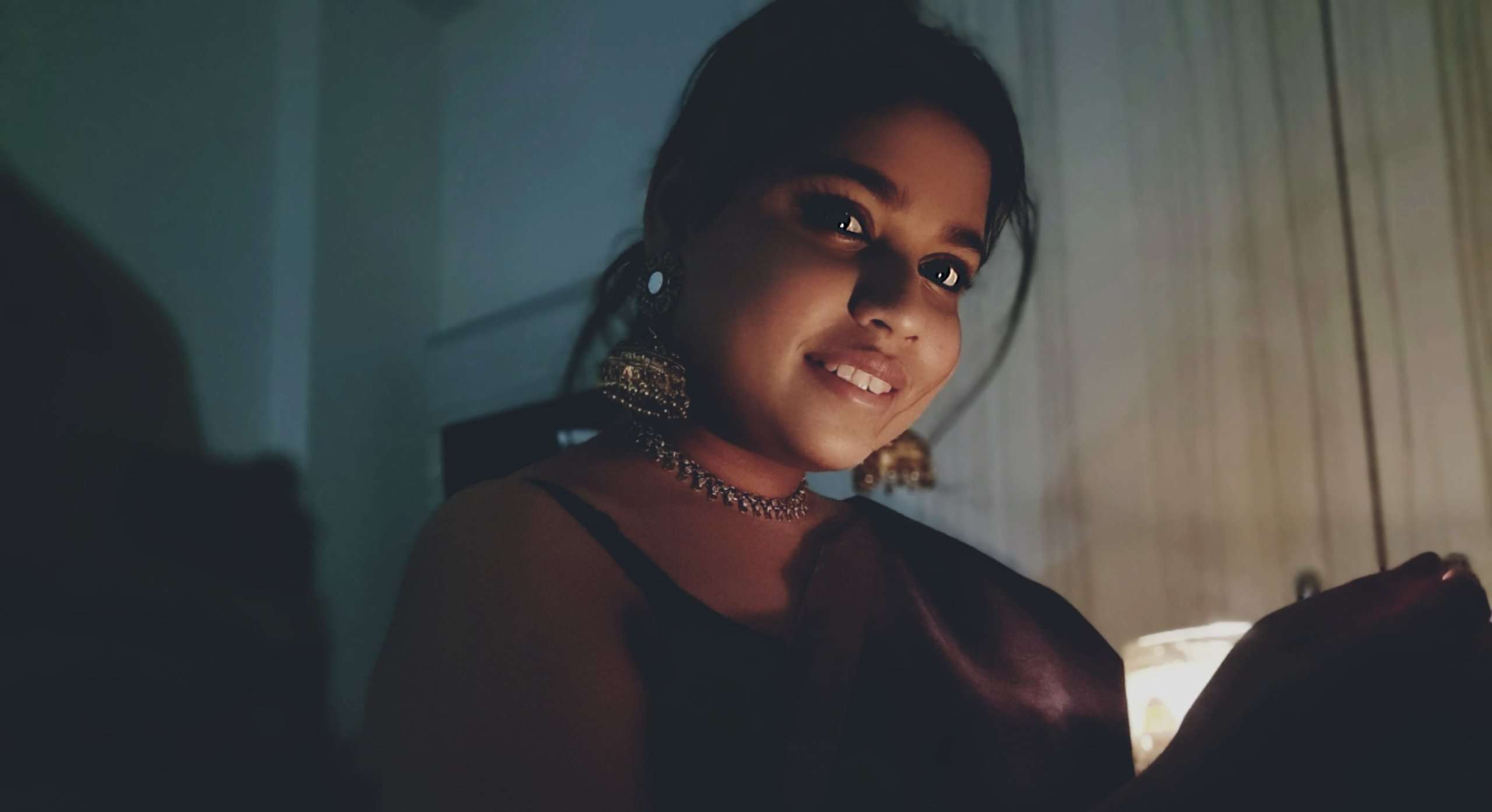
As a Travel Content Writer, I live to conquer the world of globetrotting with words. With my unquenchable thirst for storytelling, I believe that my words will inspire you to travel around the world’s breathtaking landscapes. As for me, I am an unapologetic selenophile, who loves to wander around in a starry night!











